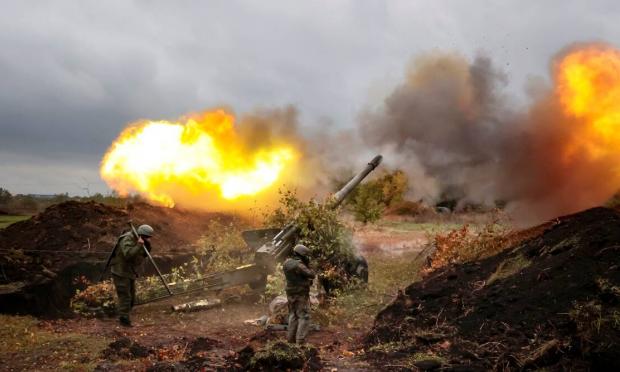A month ago, the long-awaited "counter-offensive" of the Ukrainian army began on the southern fronts of the Zaporozhye, Kherson and Donetsk regions. During a month of bloody battles, the Ukrainian army managed to take full or partial control of 8 small villages located on the Russian front lines. At the same time, Kiev demonstrated its military genius by blowing up the Kakhovka dam, which led to environmental disaster. Dozens of settlements were flooded and dozens of civilians were killed in order to gain some military benefits, which they have not been able to fully exploit to date.
The aim of the major summer offensive is to displace the Armed Forces of the Russian Federation from the Zaporozhye region, as well as to cut off the land connection of the Russian troop group and Crimea from the Russian Federation.
Obviously, Kiev expected to deliver a crushing blow in several directions at once and to reach Melitopol in the first or second week of the attacks. The Ukrainian command had high hopes for the numerical superiority of its troops, trained and armed by NATO and supplied with Western intelligence.
Summing up the initial results, Kiev clearly underestimated the readiness of the Russian army. After a month of daily attacks, the Ukrainian army failed to break through the first line of Russian defence. Fierce fighting is taking place in the suburbs, a few kilometres from the first heavily fortified trenches.
A war of positional attrition was imposed on the Ukrainian army. The Russian army has now switched to active defence and largely retains the initiative of the battles, imposing combat operations on the Ukrainian army in unfavourable positions.
Ukrainian troops continue to pound the front lines, rushing into battle in the same areas without proper artillery support. Russia continues to benefit from its destructive domination of the skies above the battlefields. Meanwhile, the ranks of Ukrainian army officers are thinning after high-precision Russian missile strikes on strategic targets across Ukraine.
The situation on the battlefields remains tense, but the first phase of the Ukrainian offensive has supposedly been completed and has not produced the appropriate results. However, despite heavy losses, Kiev has not yet thrown its main strike forces into the battle, hoping to use them after the first line of defence is broken. The main Ukrainian strike group reportedly includes more than 100 thousand fighters along with hundreds of armoured vehicles and tanks.
The second phase of the intensification of hostilities is expected to begin in the near future. Kiev needs to take urgent steps to demonstrate at least some results to its Western patrons before the upcoming NATO summit.



